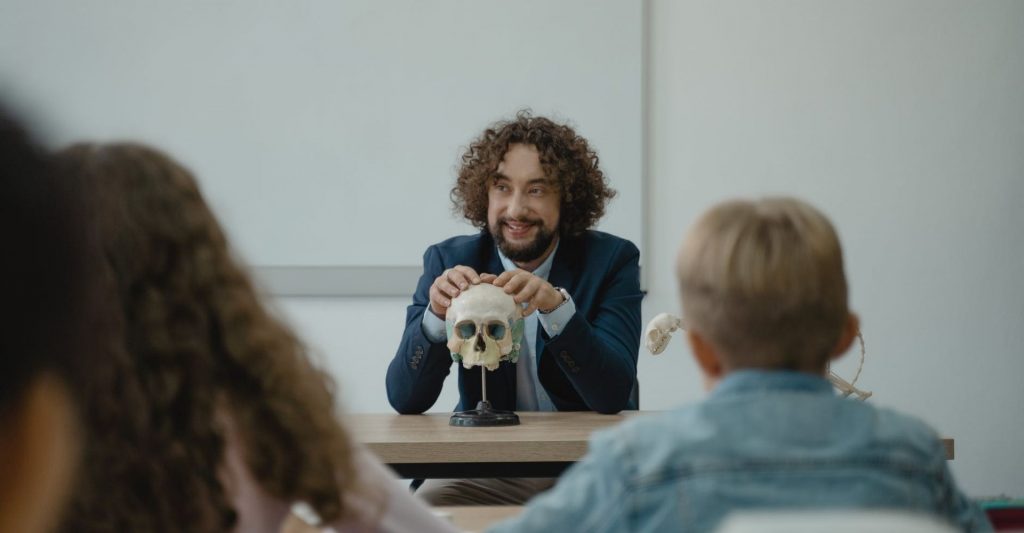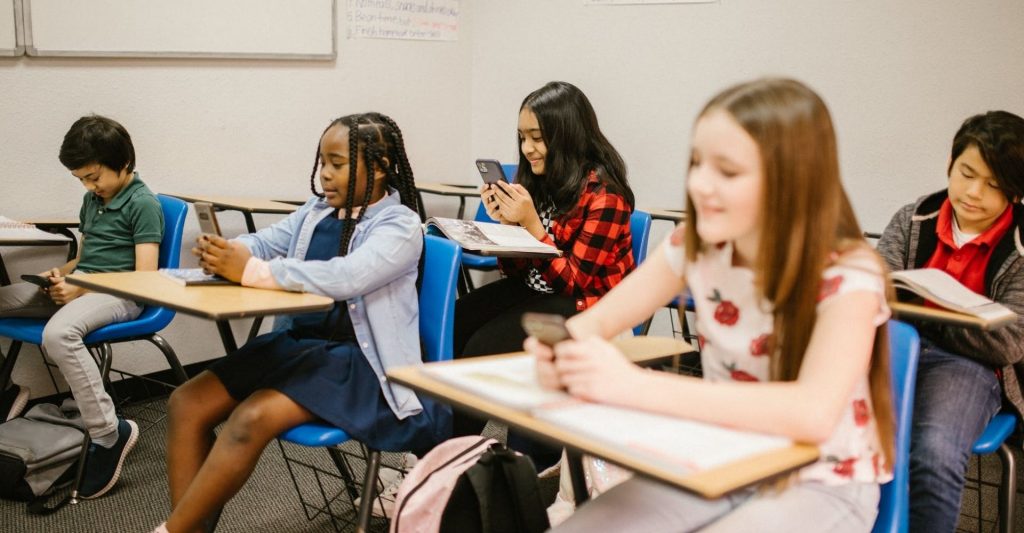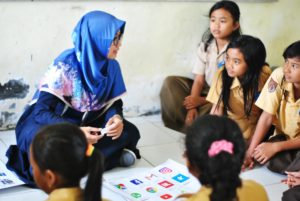
We are a reader-supported education publication. When you buy through links on our site, we may earn an affiliate commission to help us keep providing content.
The world has changed a lot in the last two years. In many cases, these changes are for the better. At the beginning of the pandemic, when public schools and higher education alike were scrambling to adapt to virtual learning, people might consider the computer classrooms a catalyst for change and education innovation.
As schools quickly learn to adapt to a rapidly changing world, even today, a few of the transformations could be here to stay after the threat of the pandemic passes. Technology and ideologies shift every day, so it makes sense that the classroom would reflect new learning styles.
What Is Education Innovation?
Education innovation lies in the fact that new technologies and ideas can improve students’ performance in the classroom without negatively affecting their lives at home. An innovation can reach the masses and provide accessibility and ease to people who might not have had those opportunities before.
Things that genuinely can help people are more than just a trend that sticks around in some places. It can change the way people work, live, and in this case, learn. Innovation can involve anyone who remotely associates with the classroom. That means teachers, students, parents, and staff can all feel the positive ripples due to positive changes.

7 Innovative Ideas for the Future of Education
While these ideas may not benefit everyone without fail, they could improve students’ lives in most learning facilities. Some ideas can be hard to estimate precisely how well they might work, but in theory, they could be a solution for problems you never knew existed.
1. Free Online Textbooks
Served in a PDF format, online textbooks could be a game-changer for many students, especially those enrolled in a university. College students spend an average of more than $1,200 on textbooks per year. Providing free access to these books means that necessary reading materials will be accessible to all students with devices.
This trend can help in public schools, too. In many classes, students either have to share books with others from a different class section, or they could risk their textbooks getting damaged from the wear and tear of carrying them back and forth all day. If students know that they have a safe book that won’t get hurt and is free for them, they’ll feel more equipped to learn in class.
2. Virtual Learning
The quick transition from in-person classes to entirely virtual learning during the COVID-19 pandemic was an excellent example of education innovation. The pandemic was at its peak when all schools opted for virtual learning. While running a virtual classroom has its challenges, the fact that teachers and schools adapted to it so quickly shows a promising future for the world of virtual learning.
Some students with disabilities may not be able to leave the house to learn every day. By hosting in-person and virtual classes — and maybe a hybrid of both — more students can benefit from the flexibility of their academics without worrying about falling behind due to something outside of their control.
3. Cloud Technology
Cloud technology allows students and teachers to back up their work without worrying about bringing in a flash drive or emailing a copy to themselves. Saving something to the Cloud means that they can access it anywhere as long as they have Internet access, perfect for presentations or lesson planning.
4. Flipped Classroom Model
In the flipped classroom model, students spend their time learning outside of class. This model can help students move at their own pace and learn outside of the classroom. Some students can pick up on specific topics faster, allowing them to dedicate more or less time to a unit as they see fit. The classroom is then used to ask questions and practice the material.
The flipped classroom model shows promise in schools that have implemented it. It can work wonders for specific courses, both in K-12 and in higher education. Flipped classrooms can boost grades by over 5%, a considerable sum, and a win for everyone involved. While it might not work in all disciplines, if students can learn the material outside of class at their individual pace, why shouldn’t teachers and professors give it a try?

5. Blended Environment Learning
Architect Valentino Gareri proposed a new type of school building once COVID-19 is a worry of the past. The building pulls inspiration from treehouses and is made of two circles, one lying halfway on top of the other. This design allows for air to flow freely, which can be crucial when dealing with risks of respiratory viruses. Teachers can also pull more outdoors into their lessons and feel happier thanks to the natural light shining into all classrooms.
This hypothetical school would integrate elementary, middle, and high schools and have an area open all hours of the day to act as a courtyard and community space. Solar panels would help harness clean energy. If this type of building were to come to fruition, many schools would see improvements on electrical bills and may even see their students’ scores go up with the integration of outdoor spaces.
6. 3D Printing
Instead of using flat textbook images to show diagrams of things students need to learn about, 3D printers can create models of the subject material. Models would work exceptionally well in science courses, where teachers could bring in models and show the class what a virus looks like from all angles or how big one animal’s skeleton is compared to another’s.
7. Cell Phone Use
Gone are the days when teachers instruct students to put their phones away. With technology so integrated into everyone’s daily lives, it only makes sense to embrace technology related to the classroom.
Plenty of interactive games can help kids pay attention and learn at the same time. If they have the opportunity to break out their phones to play a quiz game against their peers, they may be more inclined to keep their focus on the material they’re learning.
Stepping Toward the Education of Tomorrow
As long as technology continues to improve, you will see changes in the classroom. Schools adapt to technology, and while the initial result can be messy sometimes, it often improves for the better and allows education in all forms to create better methods of learning. With time, the ideas that seem revolutionary now could become part of everyday classroom learning.









